Kostya is the name in my native language. Ukrainian. Male. Newbie on Tumblr
Don't wanna be here? Send us removal request.
Text



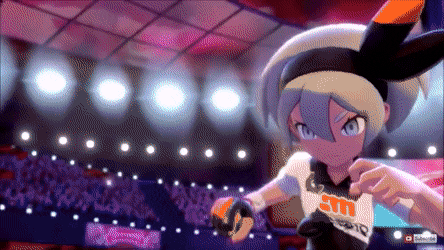

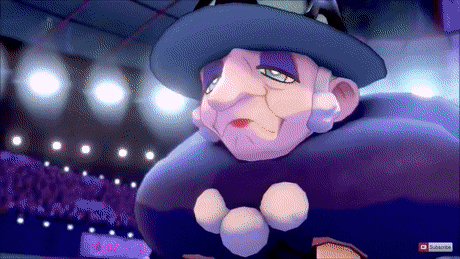
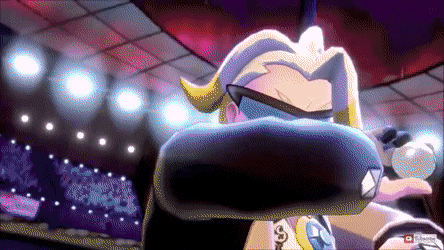
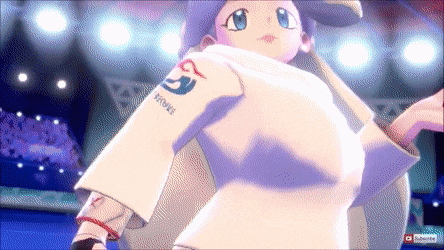
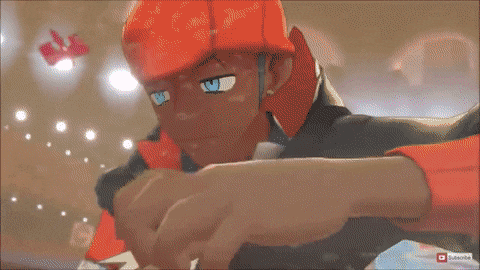
~ Galar Gym Leaders Dynamax/Gigantamax Animations ~
15K notes
·
View notes
Text
Well, you know, being cherub and all






You never really know a man until you’ve seen into his 10,000 eyes
Additional notes:
- Crowley would sleep in the nude, but I’m trying to keep it Tumblr safe
- Aziraphale wouldn’t own any pajamas at all (not sleeping and all), but if he did, you know it would still be the comfortable and convenient (albeit unfashionable) nightshirt
5K notes
·
View notes
Text
Possible spoiler to Pokemon detective Pikachu
Saw Detective Pikachu just yesterday. The movie itself is incredibly gorgeous and realistic but there's one thing I found hard to believe to: Tim saying 'I don't need a pokemon'. Like, really? Is there any human being in this world who don't fucking need a pokemon?
6 notes
·
View notes
Text
So today I was just walking and I saw this doggo who looks like small white barrel on tiny legs and it was obviously lost. I was looking for it's owners and i heard shouts "Nerfy, Nerfy”. WTF, i thought, did they name their doggo after the NERF guns? And then I realized: Nefertiti! The dog's name is Nefertiti!
1 note
·
View note
Text
A phonological analysis of Cardassian
@illogicalbroccoli and I decided to sit down and analyse the Cardassian sound-system. This can serve as a guide for coining names and words. We have also included a description of what a Cardassian sounds like.
Limitations
This analysis is based on the names of all named Cardassians in alpha-canon (i.e. the TV series) (with exceptions of names that are clearly names of the production team that are added in writing just as place-holders), taken from the category ‘Cardassians’ on Memory Alpha. We have also taken into account the names of the sectors of the Union Capitals and the fan-coined names for body parts: chufa, chula, chuva (the spoons), prUt, ajan, vit (genitals). (We have also gone through the Cardassian names in Memory Beta and have considered how they would fit in, but not used them as basis for our analysis.) This is a fairly good sample, but with any sample, some phonemes and combinations of phonemes might not be represented.
We are treating the way these words are written as Federation transcription. That means that sometimes, we might find inconsistencies in it. We have tried to not invoke transcription errors too often, but at times we have simply to keep the system plausible.
The final thing is that Cardassian vocal organs are probably different from human ones. Do Cardassians have an uvula, do their teeth look the same, what is the range of movement of their tongue? However, in this post, I am assuming that their vocal organs are close enough to ours that we can use the same terminology.
Terminology
Stop - a consonant where the air-flow is completely cut off. These are /p, t, k, b, d, g/. If you can say it drawn out, it’s not a stop.
Fricative - another type of consonants where the air-flow is not completely cut off. If it’s a consonant you can say drawn out, it’s a fricative, such as /f/.
Sibilant - sibilants are strictly a kind of fricative, but are worth mentioning in their own right. They are s-sounds. If it sounds like something a snake might say, it’s a sibilant.
Affricate - a sound that starts as a stop and ends as a fricative, for instance English chap.
Cluster - any sounds that commonly occur together. Here I specifically mean consonant clusters, such as /pl/, /gr/, /rm/ etc.
Phoneme - a distinct sound in a specific language. Phonemes are identified by minimal pairs, words where the only thing that is different are the sounds we are investigating. For instance, English rent and lent are different words, and shows us that /r/ and /l/ are phonemes.
Allophone - an allophone is how a phoneme presents. A phoneme might manifest differently depending on its position in a word. As with phonemes, there are specific to languages. What is allophonic in one language can be phonemic in another.
Slashes are used for indicate phonemes, i.e. sounds. Angled brackets indicate graphemes, i.e. written signs.
I have used some IPA (International Phonetic Alphabet) signs in this post, but have endeavoured to give examples wherever I can. A good resource is the website internationalphoneticalphabet dot org, where you will find a link to “IPA chart with sounds”. You can simply click the sign in question and it reads it to you.
The Cardassian phonetic system
We are proposing the following system:
p - t- k - q - v
b - d- g - ɢ - f - θ - ʃ - j - h
ʧ - ʦ
r - l - m- n- ŋ - s - z
a - e - i - ɔ - o - u - ei
In the following sections, I will go through them and explain our reasoning and give examples.
Stops
Cardassian has a balanced stop system, much like that of English:
/p/ - Paldar
/t/ - Tain
/k/ - Kelas
/b/ - Belor
/d/ - Damar
/g/ - Garak
However, the voiceless velar /k/ causes us some problems. This sound is sometimes written with <k> (e.g. kanar), but sometimes it is written with <c>, e.g. Broca, Preloc, Crell, Lemec. However, <c> is also used for a sibilant in the names Ocett and Macet. We could put this down to an error in transcription, but that is a dull out. Let us take another piece of data into account - the <gh> in Ghemor. At first glance, this might be an aspirated stop (a sound that occurs allophonically in English and sounds a bit more ‘breathy’), but if so, we would expect more aspirated stops. We could say that the examples of <c> as a velar are aspirated, but it does not ring true to me. Therefore, I suggest that <c> and <gh> represent uvular stops:
/q/ - Crell
/ɢ/ - Ghemor
The uvula is the thing that hangs down at the back of your mouth. In order to make this sound, you pronounce an ordinary velar (/k/ or /g/) but also bring up the back of your tongue and touch your uvula. These sounds do not occur in English, but does in Arabic and some Caucasian languages.
It is worth noting that there is one Cardassian name with a <q> in beta-canon, Andrul Taqut. This might be another example of the uvular.
Fricatives, affricates, liquids and nasals
The Cardassian fricative system is not as well-balanced as its stop system:
/v/ - Revok
/f/ - chufa
/θ/ - Thrax
/ʃ/ - Shoggoth
/j/ - Ziyal
It has both /v/ and /f/, but the latter only appears word-internally (e.g. chufa - there is a beta canon example of Fhret, but this is an odd cluster and I am going to put it aside). There is /θ/, transliterated <th> (like in English thirst), but no voiceless version (like English there). There is also /ʃ/ (English sheer) and /j/, (English yet).
As for affricates, there are two:
/ʧ/ - chuva
/ʦ/ - Marritza
The sound /ʧ/ is that of English chap and /ʦ/ is Italian pazzo (a /t/ and /s/ sound very close together).
The nasals, liquids and sibilants are much the same as in English:
/r/ - Garak
/l/ - gul
/m/ - Mila
/n/ - Nor
/ŋ/ - Lang
/s/ - Silaran
/z/ - Ziyal
What about the times <c> is used for a sibilant? It is noticeable that it only occurs word-internally and between vowels. We have three names with <s> word-internally and between vowels: Rusot, Moset and Russol (assuming the gemination does not show it is something else). Both the first and last cases are flanked by back vowels, so I suggest that they can be disregarded. We are then left with Ocett, Macet and Moset. I will suggest that <c> is used (by a very sloppy transcriber) to present an allophone of /s/ which occurs when the phoneme /s/ follows after a vowel and precedes a /e/. Usually, allophones are not written in different ways, so we would be correct writing these names as Osett and Maset.
Furthermore, there is a /h/, which often occurs within words.
Vowels
With the vowels, we must note that there is a problem as English vowels are very messed up. Do we assume that the orthography or the pronunciation is closer to the Cardassian truth? Most of the time, we think the pronunciation is closer, but with some provisions for English lenition. We decided upon this system:
/a/ - Garak
/e/ - Enabran
/i/ - Ziyal
/ɔ/ - Terok Nor (always transcribed with <o>)
/o/ - Ulani (sometimes transcribed with <o>, sometimes with capital <U>)*
/u/ - Dukat
*) We are assuming an inconsistency of transcription here, simply to allow for the orthography in prUt which does not occur in alpha canon.
There is also one diphthong (or at least one that we can find evidence of):
/ei/ - Tain **
**) Even if this is written with an <a>, the first part of this diphthong is clearly an /e/.
Notably, Cardassian does not have a schwa, /ǝ/, which is a sound in the very middle of the mouth like in chocolate. This occurs when an unstressed vowel is weakened to the extent that we don’t bother to put our tongue up or down but simply keep it in a fairly neutral position. Because
Vowel length is marked, and appears to orthographically be shown by double vowels, as in Boheeka, Aamin. At least once, these are separated by an accent, Darhe’el. The accent also occurs in the name Pa’Dar, where it rather seems to show a shortening of the preceding vowel. I am going to chalk this up to a misunderstanding in the transcription.
A note on the uses of <h> in beta canon
I have discussed <gh> in Ghemor. However, it is worth mentioning that there are some odd uses of <h> in beta-canon names: Khevet, Efheny, Rhukal, Rhemet, Mhevet.
Most of these can, in my opinion, be dismissed. Khevet could be an uvular that has been written that way by influence of the transcription of Ghemor. Rhukal and Rhemet are probably examples of the phoneme /r/. It might be an allophonic variation not shown in names such as Rusot and Rugal (perhaps Bajoran doesn’t have this variation and that’s why Rugal’s name is written without it?). As for Efheny, I do not think that the <h> is there to show a change in the /f/, but that there is supposed to be a hiatus between them, Ef-heny. When it comes to Mhevet, I think we need to look at the character in question. Arati Mhevet is from North Torr, which is a poor and close-knit community, and precisely the kind that might have a distinct dialect. I propose that the <mh> represents a labial that is found in the North Torr dialect and not in ‘standard’ Cardassian.
Permitted clusters
Languages are governed by some internal rules of sounds that can and can’t go together and only in certain positions. For instance, initial /ks/ is generally not permitted in English, which is why words such as xylophone and xenophobic are often pronounced starting with something like /z/. Similarly, English does not allow initial /pt/ and /ps/, which is why words starting with these, e.g. pterodactyl and psychologist, often are pronounced with the <p> silent.
In Cardassian, we can see some general rules for permitted clusters.
Clusters consisting of a stop plus /r/ are generally permitted. Liquid plus stop is rare, as are fricative-initial clusters.
However, this obscures a lot.
Stop-initial clusters:
pr, tr, kr, br, dr
kl, gl
gn
-ks#
When it comes to stop plus /r/, all are permitted with the exception of /gr/. In the case of stop plus /l/, only velars, /k/ and /g/, are allowed. The only stop-nasal cluster allowed in /gn/.
The hash indicates the end of a word; the combination /ks/ is only allowed at the end of words (there is a Cardassian name Thrax).
Liquid-initial clusters are:
rb, rd, rt, rl, rn, rm, rv
ld, lt
Liquid+stop clusters are generally rare, and /r/-initial clusters are far more common than /l/-initial ones.
Nasal-initial clusters are:
nd, nt, np, mp
As for clusters starting in fricatives or sibilants, there are only two:
θr, sk
A Cardassian Accent
What a person sounds like when speaking a language which is not their first language is down to what phonology they are used to. For instance, a native speaker of Hindi may pronounce sounds that are not retroflexed in English as retroflexed, as that is a common sound in Hindi. The allowed clusters in a language also often carries over.
As we have established what sounds and clusters occur in Cardassian, we can extrapolate what a Cardassian-speaker might sound like if they were speaking English. The amount of accent one has depends on a great number of things - age of second language acquisition, previous bilingualism, general aptitude for language, amount of progress. In my opinion, someone like Garak would not have much of an accent, but people with less experience of other languages and less exposure to native English-speakers will have a more noticeable accent.
As there is no voiceless fricative /ð/, like in English there, so a Cardassian-speaker might say “dere”. The /f/ phoneme is never initial, so while a Cardassian-speaker might be able to pronounce English sofa well, they might struggle with foal and instead say “voal” (which might lead to interesting misunderstandings). They would have trouble with English diphthongs, of which there are a lot. They might also make distinctions that an English speaker would not, such as using an uvular velar in certain positions.
As the consonant clusters that are allowed in Cardassian are fairly few, a Cardassian-speaker will struggle with some of the clusters in English. Words like star or morsel might cause them trouble. They might add a vowel in between - “satar” - or drop one of the segments “mosel”.
We have not taken things like accenting patterns and word melody into account, as there is not really any data that allows us to reconstruct it, but that too would change how a Cardassian accent would sound.
285 notes
·
View notes
Photo


@deadpanwalking and i discovered something really important
136 notes
·
View notes
Text
ur personality is defined by ur favorite line in hallelujah
155K notes
·
View notes
Photo





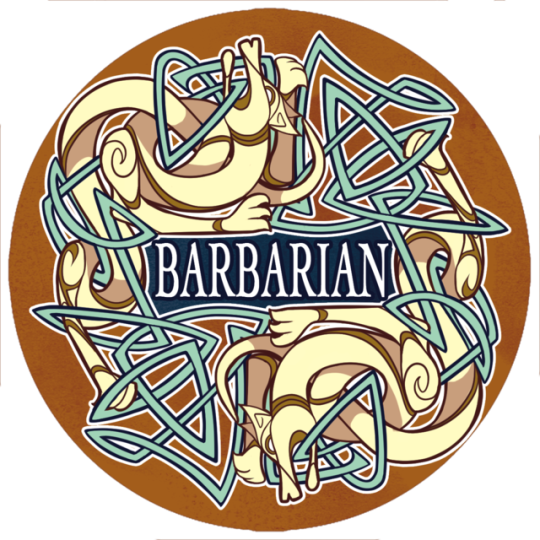
And pt. 2! No DM button yet just because I ran out of time (wanted these done by A-Kon) but I do plan on making one, I hope you like them all!
(Pt. 1 can be found here)
18K notes
·
View notes
Photo

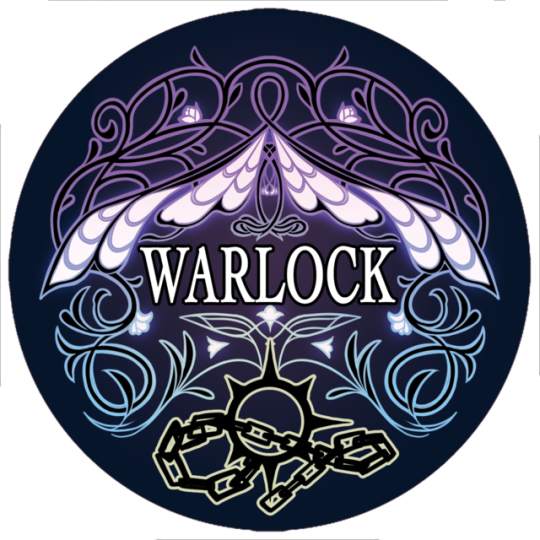
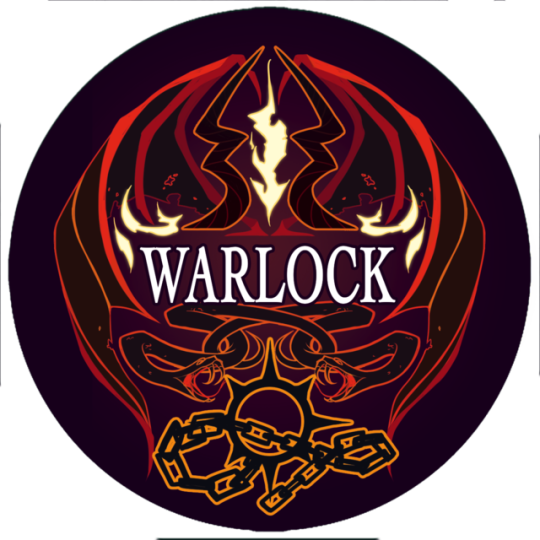

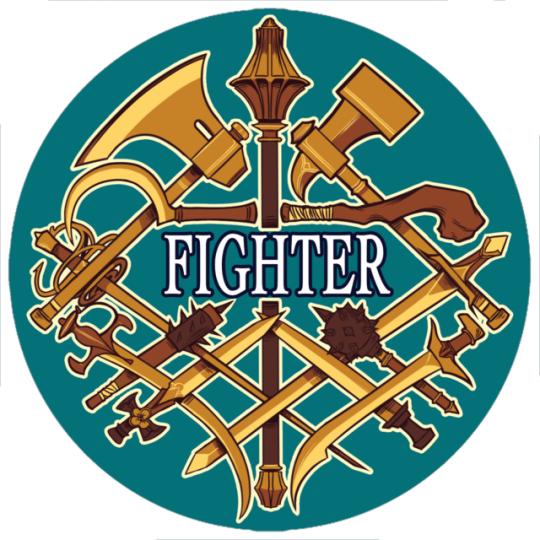



Hey all! Trying to make a bunch of D&D stuff for my summer cons–something I’m calling the Summer of D&D [so creative eh?]–and I’m starting it off with some class related buttons, so here’s pt.1 of the collection!
31K notes
·
View notes
Text
Davekat AU where…
Dave does ASMR. At first he does it ironically and finds it hilarious that people will listen to him do nothing but “tongue tickle their ear caverns with his Texas twang on YouTube” for ten minutes a day. But he soon begins to get surprising and very sweet comments from his viewers, with many of them telling him that his voice helps them calm down after a shitty day. His favorite comment is one written by a user named “CG” that says “MY LIFE IS IN A CONSTANT CYCLE OF BEING SPRAYED ON BY SOCIETY’S ANUS BUT YOUR VOICE MAKES ME FEEL FOR SOME GOD FUCKING REASON, HAPPY.”
Genuinely touched by this, Dave visits said commenter’s YouTube page. He expects it to be empty as the tumblr void but to his surprise, there is one, badly recorded video on the channel that is titled “ITS 2018 EGBERT NO ONE GIVES A FUCK ABOUT HARLEM SHAKE ANYMORE SO HERES ME FLIPPING YOU OFF WHILE THE MUSIC PLAYS”
….and the rest is history.
588 notes
·
View notes
Text
More crossovers to crossover god!
Just imagine: Master of disguise Robbie Rotten and his small disguised friend Mimikyu. And, like, in all Robbie’s costume tubes near his costume there is a small matching outfit for mimikyu, like, parrot for Rottenbeard or small fairy for Birthday Fairy or a small green alien for Zoggy.
Bcause, you know, they both don`t have any friends and have never been loved it their lives and then they`re like “Okay, let`s be alone together”.
And Robbie often can`t sleep and mimikyu never sleeps bcause he`s a nightmare itself, I mean, just rememeber that scene with Meowth! An they just sits together in his fuzzy chair and Robbie grumbles at those noisy children and mimikuy makes those creepy mimikyu sounds and they`re perfectly in harmony with each other.
#robbie rotten#mimikyu#lazytown#pokemon#pokemon sun and moon#i just can't#crossover#more screechy mimikyu noises#it`s disguise time#ghost fairy
6 notes
·
View notes
Photo

HELLO DARLINGS!!
I am doing my first SUN & MOON GTS giveaway (finally). I will be giving away a Shiny FEEBAS holding a prism scale. So it will evolve into a Milotic once it is traded. ONLY ONE POKEMON PER TRAINER.
Level: 1
Nature: Adamant
To get this poke, you must:
1. Be following me (I will check)
2. Reblog this post (I will check)
3. Deposit a male Yangoos nicknamed “HusamFeebas” and message me that you deposited a Yangoos so I can keep checking.
The giveaway will be from Today (Dec 21 From 12:00-2:00 AM AND From 8:00PM-11:59PM PACIFIC TIME [LA])
If I miss your pokemon today, message me the day after to remind me.
25 notes
·
View notes









